Market Trends
Key Emerging Trends in the Military Tactical Vest Market
Companies adopt various market share positioning strategies in the highly competitive landscape of the Military Tactical Vest market. They do so to become leaders and gain a competitive advantage. Differentiation, which is one common strategy, involves focusing on distinct features and capabilities that come with tactical vests made by specific manufacturers. This may include special product designs, advanced technologies or innovative materials that are different from others. Companies can therefore hold some portion of market share by targeting customers who value specific attributes.
Cost leadership is another significant approach to this context whereby companies aim at producing tactical vests at lower costs than their rivals do. By doing this, they can offer competitive prices for their products thus; making them more affordable by military formations operating on tight budgets. Achieving economies of scale through efficient manufacturing processes and sourcing cost-effective materials is essential for companies employing this strategy. By attracting a large proportion of customers through affordability, organizations can therefore obtain significant market shares particularly in regions where defense spending has budget constraints.
Strategic partnership and collaboration also play important roles in the field of market share positioning within the Military Tactical Vest industry. Through forming alliances with military organizations or other defense contractors, businesses improve their credibility as well as access broad distribution channels respectively. These collaborations provide opportunities for joint research and development processes meant to ensure that tactical vest meets specific needs and standards of militaries. The result could be a favorable market position when successful collaborations lead to high-end products due to combined expertise as well as resources.
As such companies may go ahead to define particular markets upon which they focus their efforts in order to gain substantial market shares over time. This involves tailoring tactical vests aimed at addressing these unique requirements by identifying these segments or regions characterized by niche requirements such as differing climatic conditions or terrain types among others factors impacting combat wear gear design choices . Being recognized as specialist players within these niches enables corporations attract a devoted bandwagon customer support base thereby entrenching themselves in those niche markets where competition is moderate. Moreover, serving niche markets gives companies an opportunity to develop a reputation for offering solutions that are specific and highly effective.
Market share positioning strategies in the Military Tactical Vest market emphasize on brand reputation and trust-building. Companies build strong brands through providing reliable, high-performance products over time. A positive brand image creates customer loyalty and encourages repeat purchases. Further, established reputation can impede entry by other players as clients may not be willing to switch from known brands to untested alternatives. In conclusion, building and enhancing brand equity is a key objective for firms seeking significant market shares.
Successful market share positioning strategies in the Military Tactical Vest market result from continuous innovation. For example, organizations that invest in research and development activities to introduce new types of technology, materials or design features always maintain their competitive edge against others within their industry sectors. By regularly updating or introducing new versions of their products businesses can attract customers who want the latest tactical gear developments. This strategy also boosts both retention rates among existing customers along with an increased overall sales volume occasioned by the enthusiasm of potential buyers for next generation military facing equipments.”

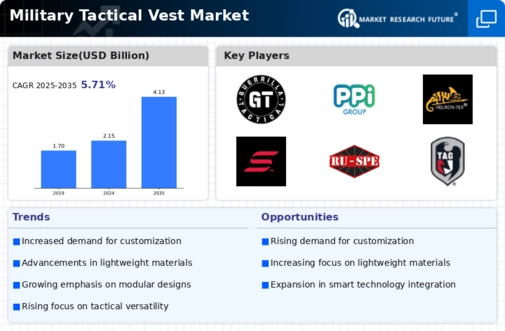
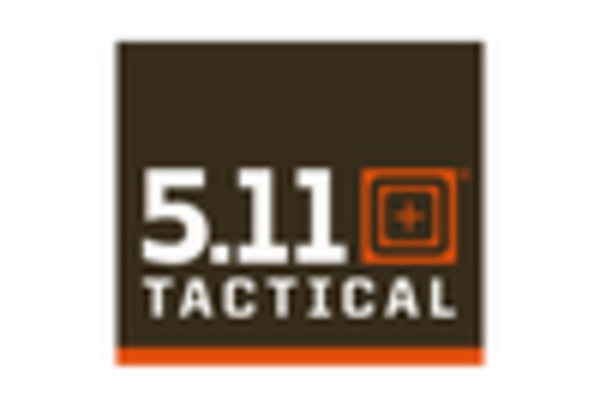

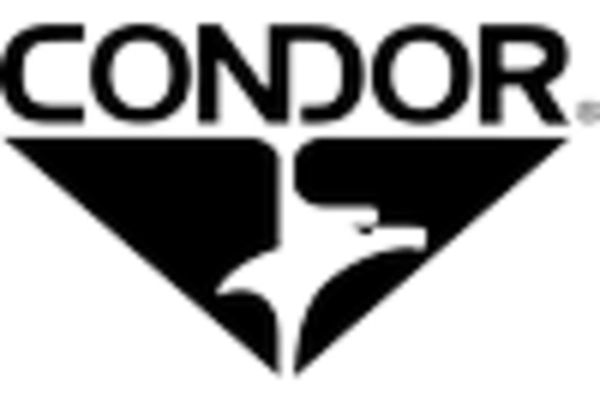
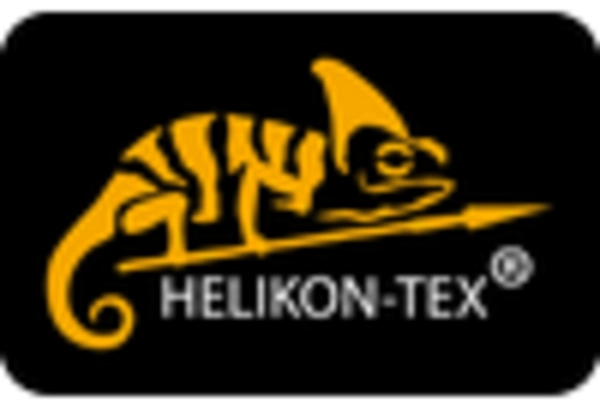

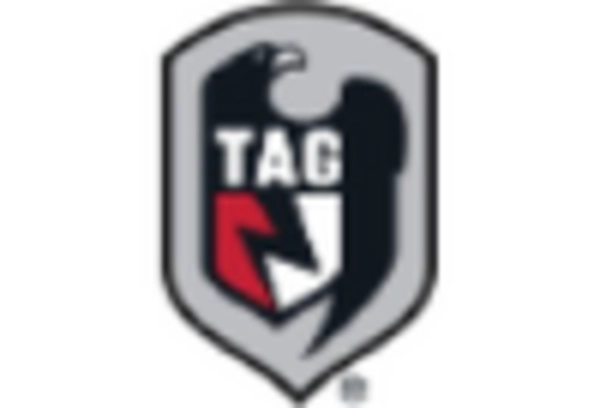









Leave a Comment